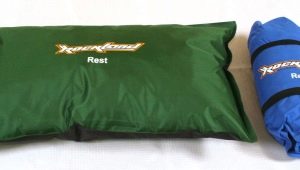Choosing a Camping Generator

When traveling, a tourist camping generator is an indispensable thing. Either the battery in the phone will sit down, or the navigator will be discharged, or the matches will get wet, because of which it will be necessary to use an electric stove - there are plenty of applications for the device. Below we will consider the main types of generators, their advantages and disadvantages, and also try to make it with our own hands.
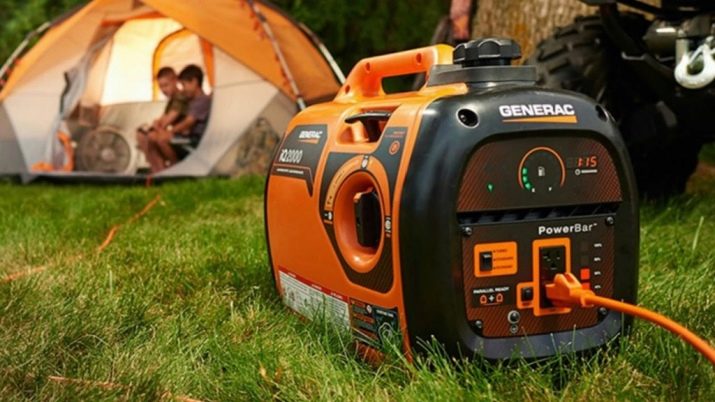
Kinds
The basis of any generator is the conversion of any type of energy into electricity. According to the method of obtaining this energy, electric generators can be divided into the following groups:
- petrol;
- diesel;
- inverter;
- wind;
- on solar batteries;
- receiving energy during the movement of a person.
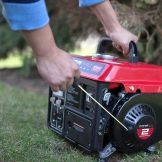
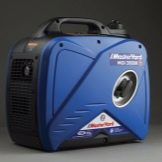
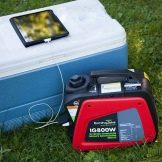

Petrol
Advantages and disadvantages:
- perfect for hiking, country house or camping;
- has a small mass, due to which it is easy to move around the site;
- easy to maintain;
- 1 kW / h of work will cost about 8 rubles if you use a 5 kW unit;
- runs on 92 gasoline;
- operates quietly: noise level is approximately 50 decibels;
- the price ranges from 5,000 to 50,000 rubles, depending on the model.
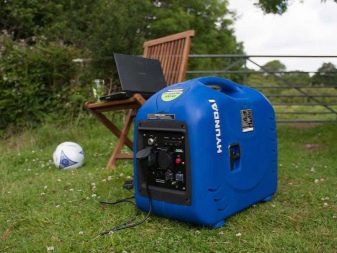
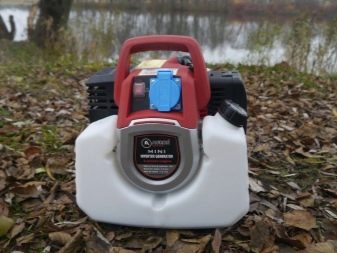
Varieties:
- by power:
- up to 1 kW – compact, easily fit in a backpack, which allows you to take them with you on any trip;
- 2–5 kW - suitable for camping or a small country house, enough power to maintain a refrigerator, standard lighting, a gas boiler and a pump for a low-power well;
- 6–7 kW - will provide electricity to the average country house.
- by engine type:
- two-stroke - ideal for low power applications, a distinction is made between aluminum block generators that can last up to 500 hours with less than 6 hours daily use, and a generator with cast iron liners in the cylinders - will last about 1500 hours;
- four stroke - cope with the power supply of powerful devices, the service life is about 3000-4000 hours.
- cope with peak loads as much as possible:
- asynchronous – do not work in conditions of peak drops, which does not allow connecting to them, for example, a refrigerator or any power tool that consumes 3–4 times the power for a short time when turned on, suitable for supplying energy to low-power devices;
- synchronous - easily tolerate load surges.



Among consumers, firms have earned trust: Pramac, Geko, SDMO, Eisemann, Honda, Subaru, Kohler.
Diesel
Advantages and disadvantages:
- ideal option if you need a constant source of electricity;
- greater margin of safety compared to gasoline;
- more powerful than gasoline, which allows you to connect more devices;
- noisy: the volume is approximately 80-100 decibels;
- high cost: the initial price is about 20,000 rubles;
- the complexity of operation in winter, since at temperatures below -5 it is problematic to start the unit;
- the cost of 1 kW / h for a 5 kW electric generator will be approximately 6 rubles.
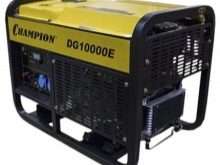
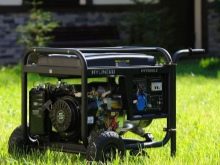
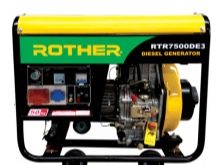
The main firms that are popular with consumers: Yanmar, Deutz, Isuzu, Honda, Kohler.
inverter
One of the varieties of a gasoline generator, which has a number of advantages:
- low noise level;
- high quality of the current at the output, which allows you to connect devices that are sensitive to energy fluctuations;
- copes with peak loads;
- automatic speed control depending on the load, which saves money on refueling when connecting devices with low power consumption;
- electronic ignition simplifies the starting process.
Of the shortcomings can be identified only:
- high cost (as a rule, they cost almost twice as much as their gasoline counterparts);
- low power;
- the complexity of the design, which complicates the repair.

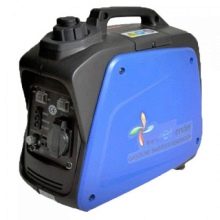

Also, when buying a gasoline, diesel or inverter generator, it should be borne in mind that its power should be approximately 40% higher than the total power of all consumers that are planned to be simultaneously connected to the unit.
Wind turbines, solar-powered and powered by human movement
The main advantages are:
- portability - these mini-generators can easily fit even in your pocket;
- low cost - usually cost several thousand;
- simplicity of design - easy to repair, lower probability of failure;
- do not require additional costs, as they do not need to purchase fuel.
Flaws:
- low power - suitable for connecting low-power devices, for example, for charging a smartphone;
- weather dependent for solar generators.

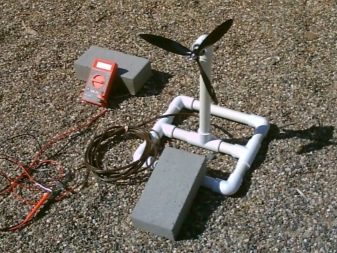
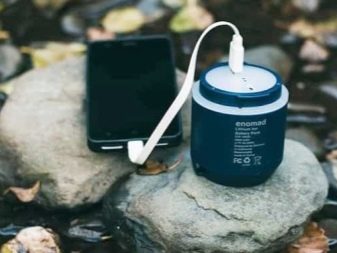
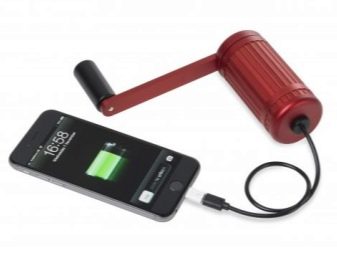
How to do it yourself?
Also, craftsmen offer to make a generator with their own hands. The most popular option is the wind generator. It can be made from a cooler from an old computer, in which, if necessary, the blades are extended using plastic bottles, or from an unnecessary fan. When using a cooler, there are windings on the stator. If desired, the number of turns on them can be increased with a thinner wire. It is wound on all the coils in turn, but in a different direction.
After you need to make a rectifier, which is made of 4 diodes, which are connected first in series, then in parallel. At the very end, the wires are connected - the device is ready.
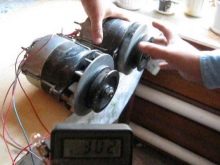


How to choose?
When choosing, it is necessary to determine the power of all devices that are planned to be connected to the generator, and also decide How much do you want to pay. Important is the issue of portability and noise.
See the following video for an overview of the small powerful Auron Mini travel generator.






















